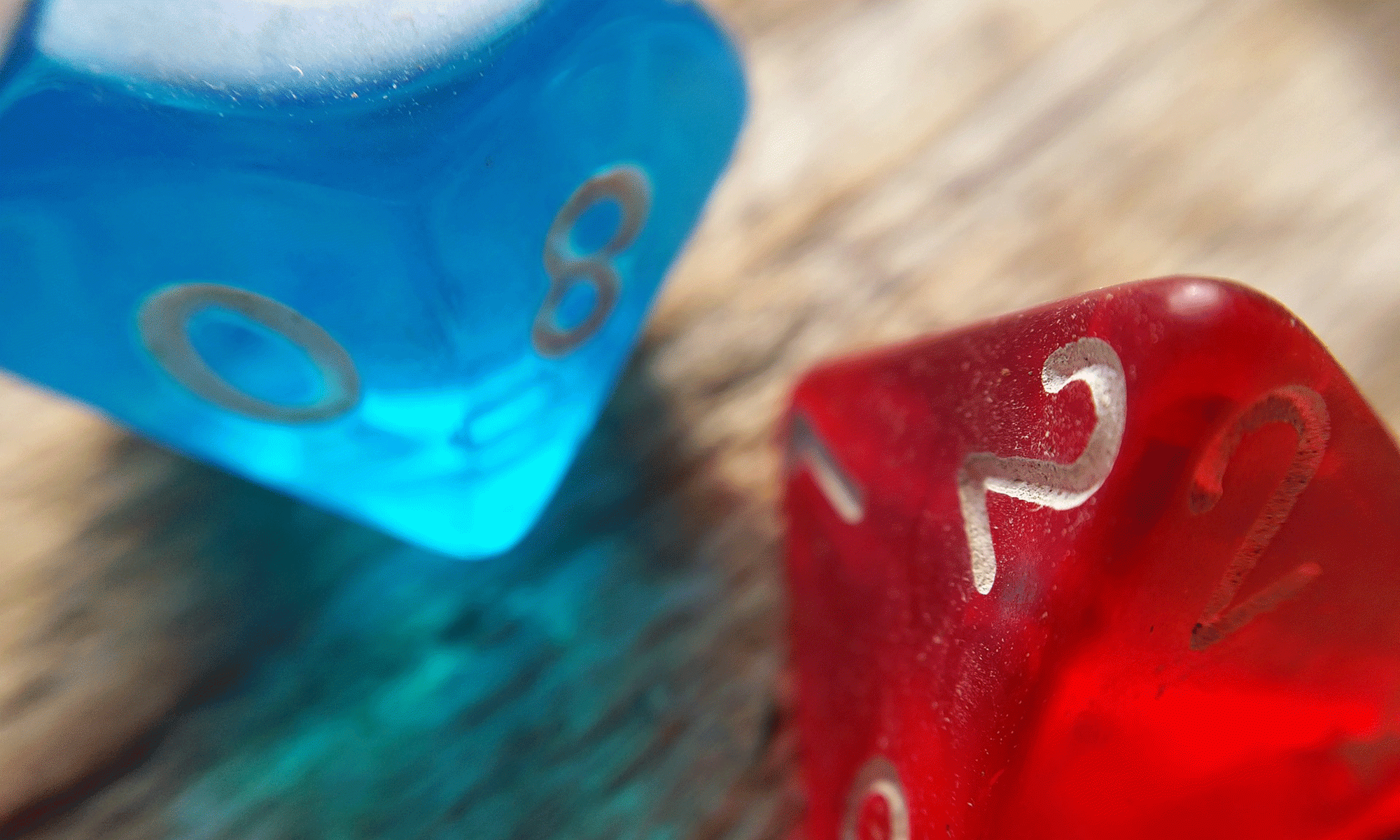The Creepy Crawlies pdf has been updated with the addition of a new creature: The werewolf.
The legend of the werewolf – a human with the ability or curse to shapeshift into the form of a wolf, or a hybrid form of man and wolf, typically under the influence of the full moon – dates back to the first century after Christ, and is probably older yet. The myth gained traction in Europe in medieval times and spread to the New World, peaking in the 17th century, subsiding in the 18th, and enjoying a resurgence in 20th-century horror movies.
Werewolves have a long history in Europe, and the legend takes many forms. This creature sheet describes the archetypical central European and Slavic werewolf familiar from Gothic horror; a man who turns into a murderous beast at the full moon. Quirks and abilities are taken from European legends and traditions.
Download your new copy today!
